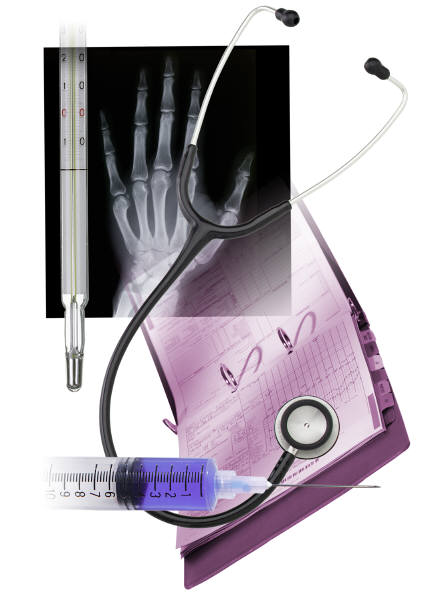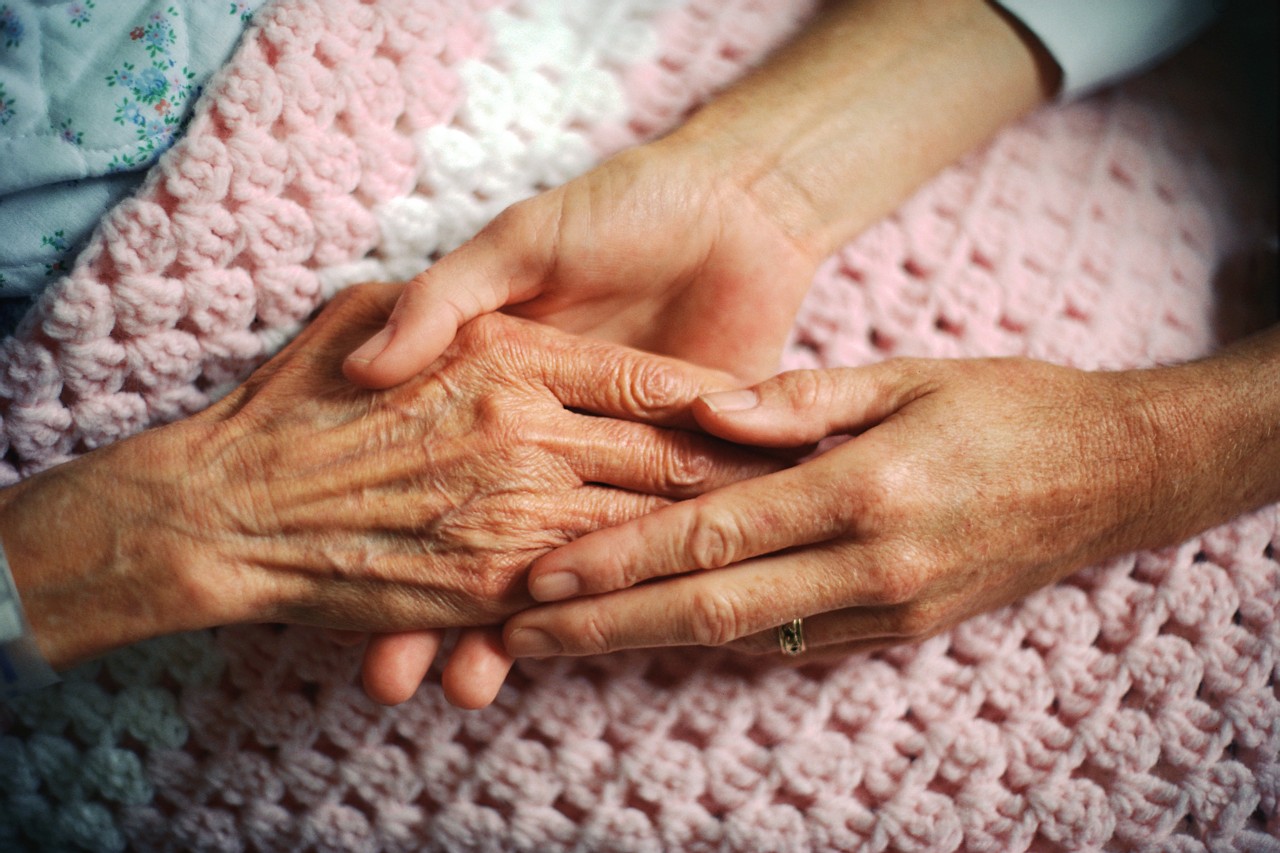
Medical school is mostly boring and the parts that are not are often tragic, which is why few people write about the experience. Prospects facing newly-minted residents and attendings are not much better, as the overwhelming secularization of a discipline once seen as divine has fueled financial exploitation, divisive politics, and increasing frustration, cynicism, and disillusionment in those who once sought something more meaningful. While there have been exponential gains in scientific understanding and treatment achievement, changes in “medical ethics”, malpractice, and medical culture have also surpassed the average healthcare provider’s ability to make meaningful and humble sense of the world. As a result, not only has healthcare lost much of its posterity, austerity, and integrity in our post-post-modern culture, but it has coerced Christians into a defensive and embattled posture, in which they feel it is all they can do to simply be Christian and a physician, much less a Christian physician.
However, Edmund Pellegrino, founder of modern medical ethics and a Christian himself, once said, “Medicine is the most humane of sciences, the most empiric of arts, and the most scientific of humanities.”* By definition, medicine must bridge the most vexing dichotomies and paradoxes of our modern world: life and death, suffering and healing, spirit and body, science and faith. If it is to be of any value, it must make the transition from “benchwork to bedside,” across ever-widening socioeconomic gaps, and from sorrow to joy.
In short, the new nature of Redemptive Healthcare must be willing to and capable of adopting an innovative stance, again bridging seemingly disparate and conflicting forces with the counter-intuitive truth of the Gospel: that Jesus Christ, who was in very nature God, became a man and humbled himself to death, even death on the cross. . . . and that through that death we have forgiveness, healing, and resurrection.
In anticipation of the Lenten season and Easter, I would like to share a series of reflections on death and resurrection as played out in my journey through medical school and residency. The first of these begins with a reflection given at my medical school’s Anatomy Lab Memorial Service, where medical students gather annually to humbly thank the friends and families of the cadavers who donated their bodies to the dissection lab. I hope it resonates with those of you who have struggled to find some human connection to the theoretical work that takes place in your own laboratories, offices, and centers for learning and Gospel.
A Reflection on the Anatomy Lab. Orig i nally deliv ered March 1, 2007.
In prepar ing for this reflec tion, there were many sen sa tions that came to mind: the dry ness of dread in my mouth on that first day of lab, the sharp snap of latex gloves, the lin ger ing smell of dis in fec tant on my hands, the gritty knot in my stom ach unrav el ing after my first day of dissection. I remem bered the over whelm ing and unnamed emo tions asso ci ated with those days in lab: the won der and revul sion of hold ing a human heart with no life or a brain with no mind, the anger and sad ness of hav ing to employ the tool of detach ment for the pro fes sional busi ness of learn ing. Since then, I have been look ing for some sort of clo sure, a tan gi ble action or sym bol to serve as a ref er ence point for the com ing day when I will once again be con fronted with the para dox of pro fes sional compassion.
That search for clo sure took me back to a par tic u lar Sat ur day night that found me alone in the lab. Under stand ably so; few peo ple enjoy spending their week end nights in an anatomy lab. But some times lab o ra to ries are our spe cial sanc tu ar ies: a place where we can find our selves alone with the silence of our thoughts, our obser va tions, and the pro found pres ence of some thing that is both famil iar and yet so far removed from our com pre hen sion that it might as well be holy.
As I was con cen trat ing on the dis sec tion, my hand brushed passed the cadaver’s hand. I paused momen tar ily and won dered how it was that only a month ago the thought of hold ing a cadaver’s hand sent chills down my spine. I won dered how my heart had come to treat the cadaver with an ami able detach ment. It brought to mind a reflec tion writ ten years ago by a friend when she first began med ical school:

Hands that once held a teacup. Hands that once grasped a pen. Hands that once cra dled the hand of a lover, pat ted the head of a grand child, shook the hand of a friend. Where had those hands been? Whom did they once belong to? Is there a wife, a son, a daugh ter, a friend some where who yet mourns the loss of life in those hands?
I had this odd desire to cry in the mid dle of the anatomy lab, to grieve for some one I didn’t even know. As my human ity flooded back into me, I began to think about the friends and fam ily whose hands I can’t wait to grasp again. Life’ well, it is here today, gone tomor row. Next time you shake someone’s hand, think of what a bless ing it is to be able to do so’ and of the Grace that sus tains each and every one of us, giv ing us life and love and the hope of an eter nity together in peace.
Hes i tat ing, I reached out and held the cadaver’s hand. I held her hand, casu ally and leisurely let ting myself warm up to the sen ti ment that it used to be human. . . . was still human in so many ways. I thought about the friends and fam ily that this woman – once filled with age and mem o ries —held onto in her dying days.
I felt priv i leged to enter into such blind inti macy, but I also felt vis cer ally dis turbed, as if the body gifted to me had some how reached out and into my own soul. I real ized that it was the first dead body I had ever seen, and it didn’t seem to be much of a body at all.
But in the quiet moment of this reflect ing, I can not help but real ize that it was not only a cadaver; not just another lab o ra tory spec i men. It was a gift, a daugh ter, a mys tery, a lover, a bun dle of nerves and mus cles, a house of mem o ries. I look at my own hands with won der. I see its own creases, etched by years of hold ing on and let ting go. In the words of John Keats:
This liv ing hand, now warm and capa ble of earnest grasping,
would, if it were cold and in the icy silence of the tomb,
So haunt thy days and chill thy dream ing nights
That thou wouldst wish thine own heart dry of blood
So in my veins red life might stream again,
And thou be conscience-calmed – see here it is –
I hold it towards you.
I held a human’s hand that night. . . . and let it go. It has since become my ref er ence point. See, here is my own, its pur pose yet unful filled. It too is some thing famil iar and for eign: my own para dox of human ity. Grasp it and leave it as you wish; I hold it out towards you.

*Pellegrino, Edmund D. The Philosophy of Medicine Reborn. Ed. H. Tristram Engelhardt, Jr. Notre Dame: University of Notre Dame Press, 2008. 6. Print.
David graduated from Princeton University with a degree in Electrical Engineering and received his medical degree from Rutgers – Robert Wood Johnson Medical School with a Masters in Public Health concentrated in health systems and policy. He completed a dual residency in Internal Medicine and Pediatrics at Christiana Care Health System in Delaware. He continues to work in Delaware as a dual Med-Peds hospitalist. Faith-wise, he is decidÂedly Christian, and regarding everything else he will gladly talk your ear off about health policy, the inner city, gadgets, and why Disney’s Frozen is actually a terrible movie.

Thank you, David. I had never thought of the medical profession this way, and your reflection on the anatomy lab was profoundly moving.